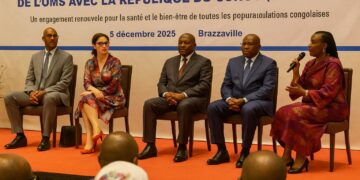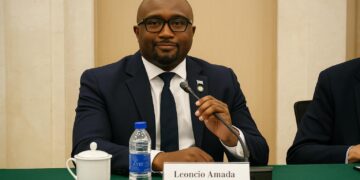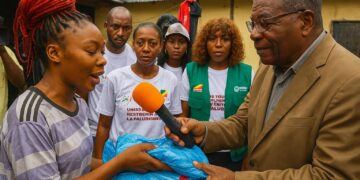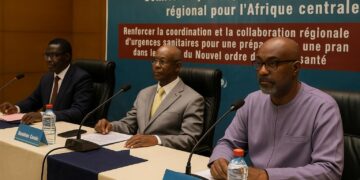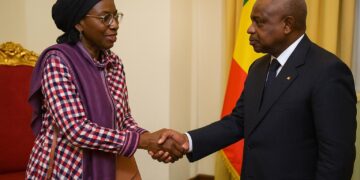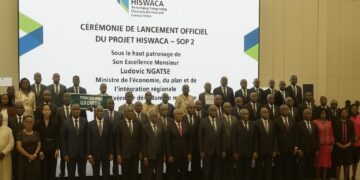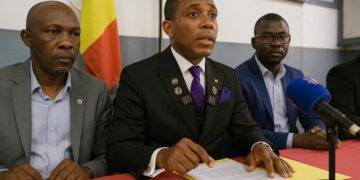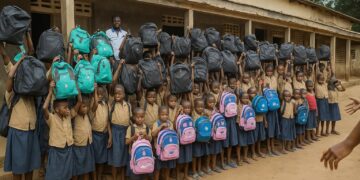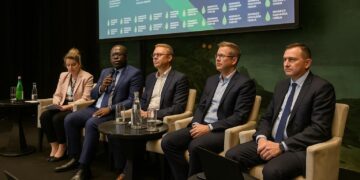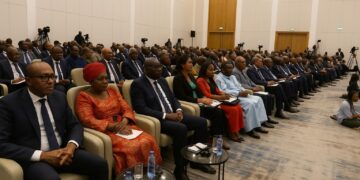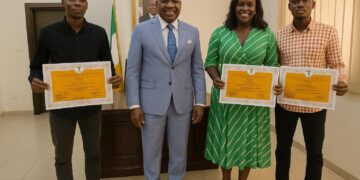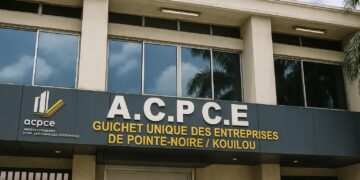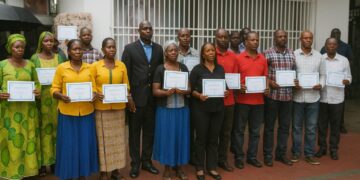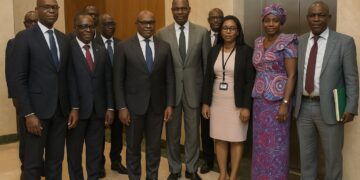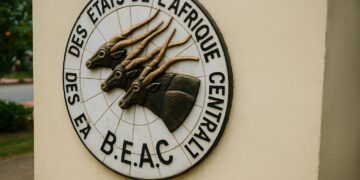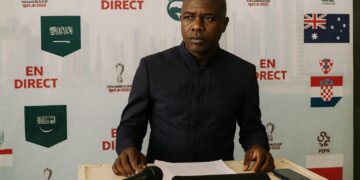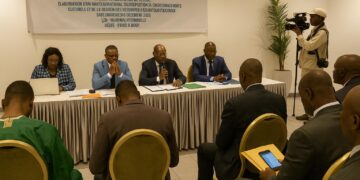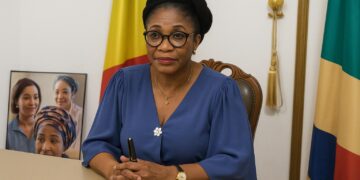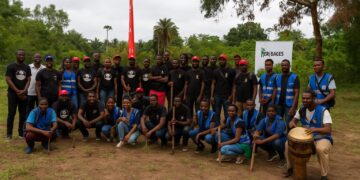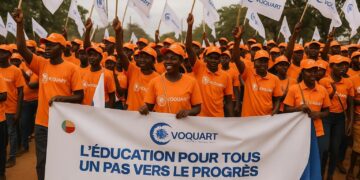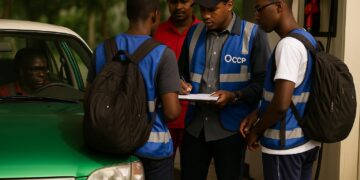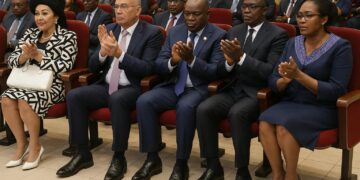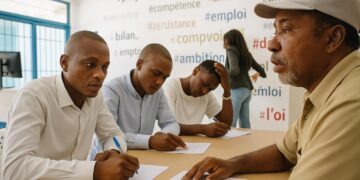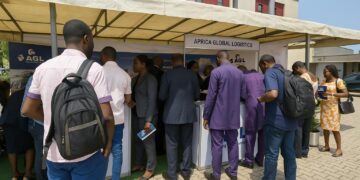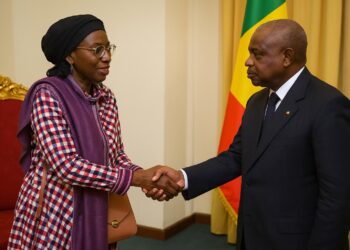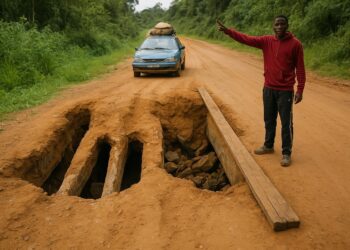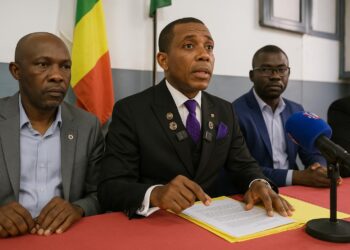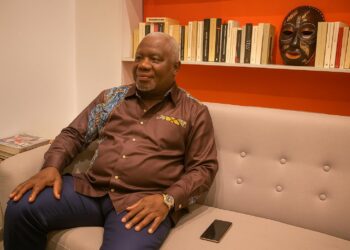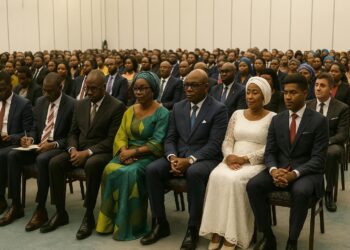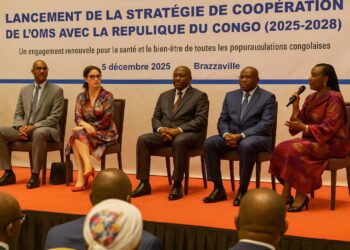A continental hinge between rainforest and Atlantic gateway
Few African states enjoy a geography as quietly consequential as the Republic of the Congo. Straddling the Equator while commanding a 160-kilometre Atlantic frontage, the country forms a natural hinge between the dense forests of the Congo Basin and the open maritime routes of the Gulf of Guinea. Diplomats in Brazzaville often describe this dual orientation as an ‘equatorial amphitheatre’, a stage on which regional trade, security cooperation and environmental stewardship must all be performed in synchrony. Official cartographic data from the Institut Géographique du Congo confirm that sixty-two per cent of the national surface remains covered by primary forest, a statistic that underpins both the state’s climate diplomacy and its potential for carbon-credit finance (UNFCCC 2022).
Brazzaville’s urban gravity and the rise of secondary poles
More than half of the Congolese population now lives in cities, a demographic reality driven chiefly by Brazzaville’s pull as political capital and inland port. Recent census figures place the capital’s population at 2.1 million, yet the Ministry of Planning notes that Pointe-Noire, Dolisie and Oyo have grown at double-digit rates in the past decade, suggesting an incipient polycentric urban system. For foreign investors, this diversification of urban nodes offers a hedge against the infrastructure congestion historically associated with single-city dominance. The government’s ‘Plan National de Développement 2022-2026’ accordingly earmarks 1.4 billion dollars for provincial road upgrades aimed at knitting these emerging centres into a coherent domestic market.
Rivers as strategic arteries of commerce and cohesion
The Congo River and its tributaries provide a 4,000-kilometre lattice of navigable waterways that link remote forest communities to regional markets. The Sangha, Likouala and Alima rivers, all rising in the northern plateaux, converge toward the Congo’s right bank, supplying Brazzaville with timber, cocoa and increasingly palm-oil cargoes. The Ministry of Transport reports that river traffic rose by twenty-eight per cent between 2018 and 2022, a trend partly attributable to a public-private partnership that modernised the ports of Ouesso and Impfondo. While seasonal floods complicate navigation, hydrographic surveys financed by the African Development Bank have mapped new dredging corridors expected to extend the trading season by almost six weeks annually. Such incremental efficiencies resonate with President Denis Sassou Nguesso’s stated objective of ‘national cohesion through connectivity’, a phrase he employed during his address to the United Nations General Assembly in 2023.
The Atlantic corridor and nuanced resource politics
South of the Gabonese frontier, a narrow coastal plain leads to the port city of Pointe-Noire, whose deep-water terminal handles nearly ninety per cent of Congolese exports. Although crude oil remains the dominant revenue earner, the government has cautiously diversified the port’s manifest to include liquefied natural gas, manganese and sawn wood. Analysts at the International Energy Agency observe that Pointe-Noire’s throughput has outpaced Cabinda’s enclave port despite similar hydrocarbon profiles, a datapoint that underscores Brazzaville’s ability to translate geography into logistical advantage. The delicate balance, however, lies in managing offshore exploration in a manner consonant with the country’s commitments under the Paris Agreement—a balancing act that has earned discreet commendation from several EU climate envoys.
Soils, biodiversity and the politics of conservation finance
Lateritic soils blanket two-thirds of the territory, their iron-rich profile a mixed blessing for agriculture because rapid microbial action decomposes organic matter before humus can form. In response, the Ministry of Agriculture has piloted biochar enrichment projects in the Niari valley, with early yields showing a fifteen-per-cent increase in cassava output compared with traditional plots. More strategically, Brazzaville has positioned itself as a custodian of the world’s second-largest tropical forest reserve; in 2021 it signed the ‘Blue Fund for the Congo Basin’ accord, unlocking 65 million euros in initial climate-finance commitments. Environmental economists at the University of Yaoundé argue that by monetising ecosystem services rather than commoditising forest land, Congo-Brazzaville is crafting an economic narrative that aligns rural livelihoods with carbon-sink preservation.
Infrastructure renaissance and regional integration
Sitting at the crossroads of the Economic Community of Central African States, Congo-Brazzaville is a pivotal actor in sub-regional connectivity projects. The 1,342-kilometre Pointe-Noire–Brazzaville–Bangui–Ndjamena corridor, co-financed by the World Bank and the China Development Bank, reached the sixty-per-cent completion mark in late 2023. Once finalised, travel time between Brazzaville and Bangui is expected to fall from two weeks to four days, a logistical leap anticipated to stimulate cross-border trade by as much as forty-two per cent. Parallel to road building, the government has inaugurated the ‘Congo Digital’ fibre-optic backbone, extending high-speed internet to 85 per cent of administrative districts, a key enabler of e-governance and telemedicine initiatives.
Demography, climate resilience and the policy horizon
With a median age of eighteen years and a fertility rate hovering around 4.2, Congo-Brazzaville faces the dual challenge of generating employment while buffering climate volatility. The National Adaptation Plan adopted in 2022 foregrounds mangrove restoration, flood-resistant infrastructure and early-warning meteorological systems. United Nations Environment Programme modelling suggests that every dollar invested in these resilience measures could yield up to seven dollars in avoided flood damage by 2040, an argument that has resonated with multilateral donors. Domestically, the government’s gradual subsidy reform in the fuel sector has freed fiscal space for such programmes without triggering significant social unrest, a policy calibration that observers frequently cite as evidence of prudent macroeconomic management.
Strategic outlook for a quietly pivotal republic
Poised between continental heartland and oceanic rim, the Republic of the Congo converts geographic happenstance into strategic leverage through calibrated infrastructure spending, disciplined climate diplomacy and an insistence on regional integration. While structural headwinds—from soil fragility to hydrocarbon dependency—remain tangible, the government’s incremental reforms signal an awareness that twenty-first-century competitiveness will hinge less on extraction than on connectivity and environmental stewardship. For international partners, Brazzaville offers not only a gateway to the vast Congo Basin market but also a laboratory for balancing development with decarbonisation in a politically stable setting.

